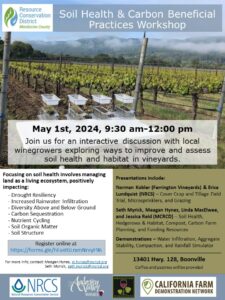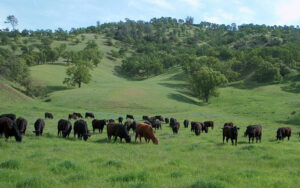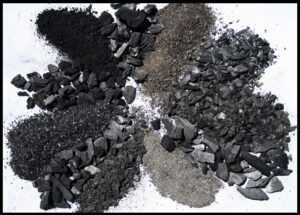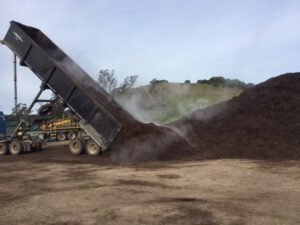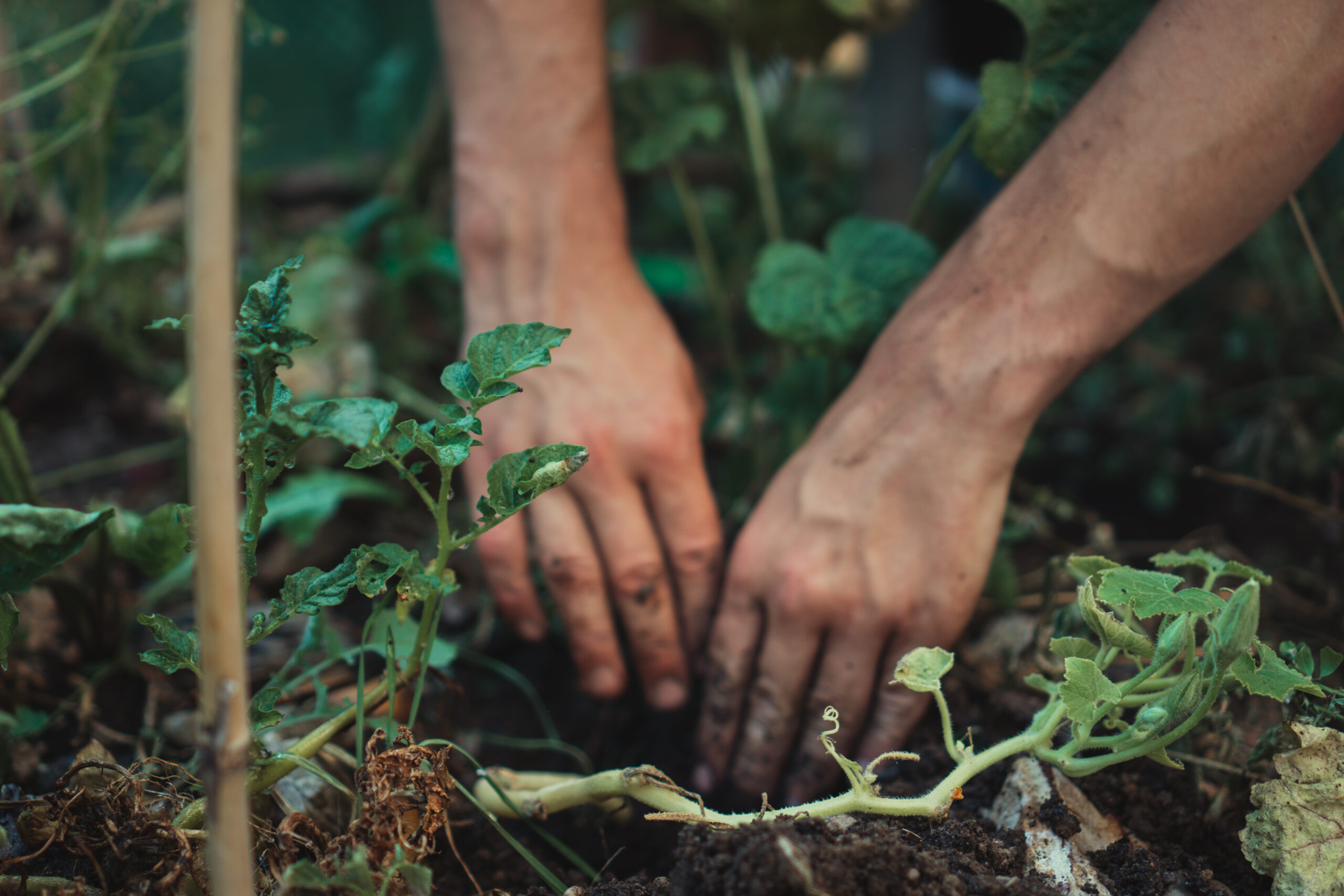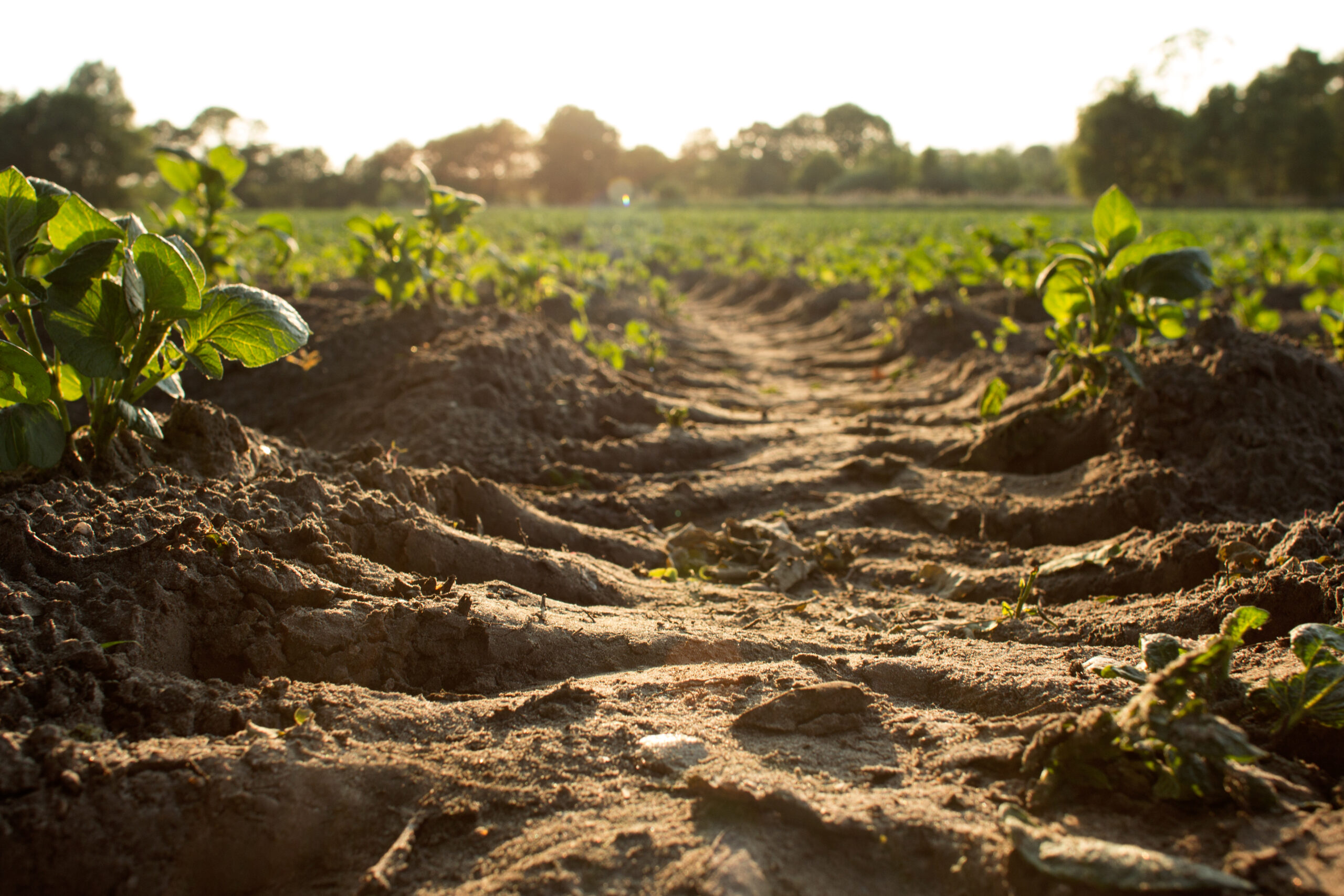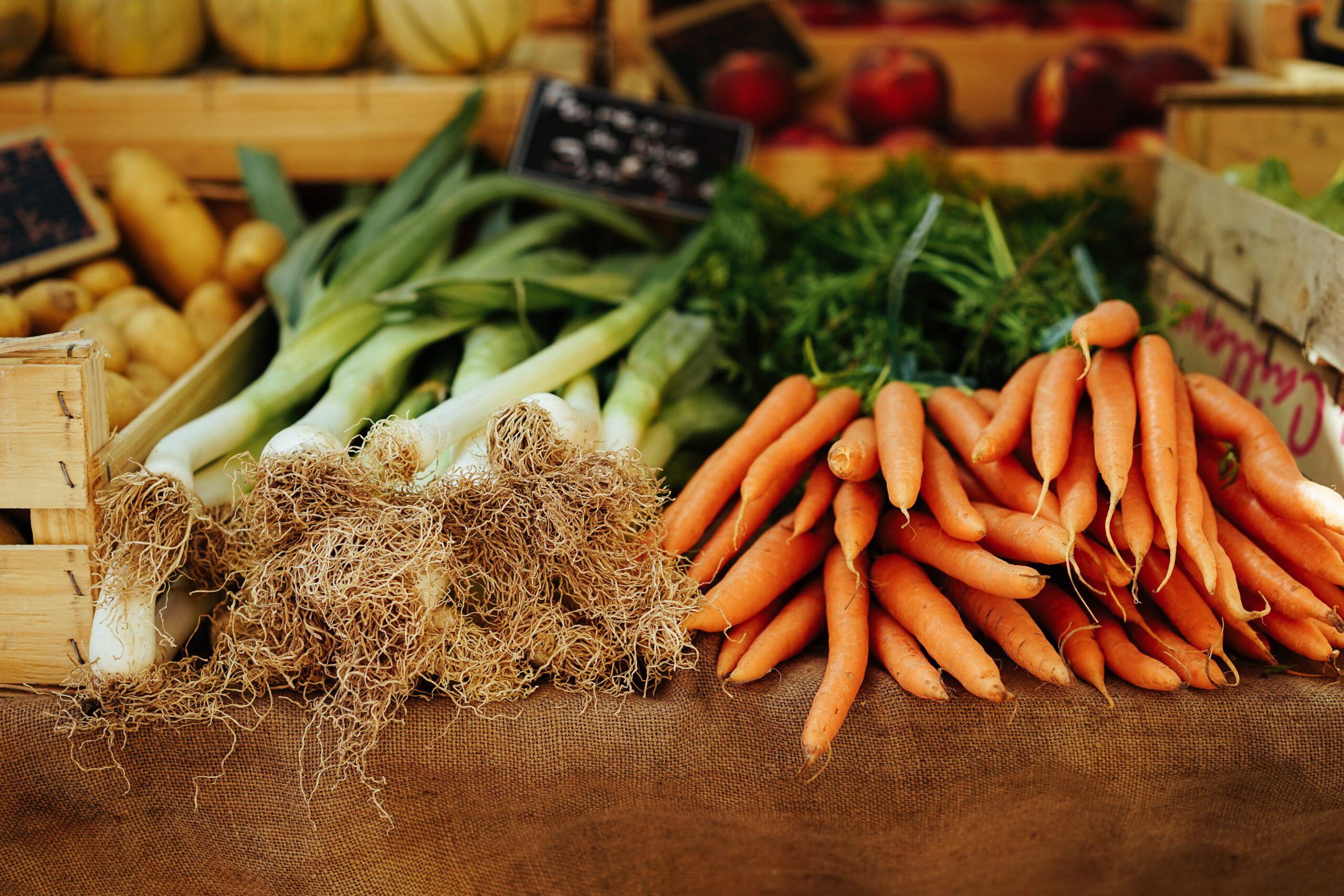Santa Rosa Junior College: Shone Farm Vineyard
Josh Beniston and Merilark Padgett-Johnson have been partnering with the North Coast Soil Health Hub as science advisers, and to coordinate involving Shone Farm vineyard as a host for a soil health field trial and demonstration site. The field trial consists of establishment of a permanent cover crop in Block 09, with assistance from Gold Ridge Resource Conservation District and the project’s Science Advisory Group. The vineyard manager used the Vineyard Special cover crop mix from LeBallister’s. The Vineyard Special mix consists of Blando Brome, Crimson Clover, Rose Clover and Zorro Fescue. The fast germinating annual grasses and clovers help to stabilize soils. It was seeded at a rate of 50 pounds to the acre using a no till drill. A total of 8 acres were seeded in November 2018.
- Size: 91.5-acre commercial vineyard, 365 acres total
- Certifications: All blocks – Code of Sustainable Winegrowing, 8.5 acres certified organic
- Varietals: Chardonnay, Sauvignon blanc, Pinot noir, Syrah,
- Sub-appellation: Russian River Valley
- Soils: Pleasonton gravelly loam 2-5% slopes
- Riparian: n/a
In partnership with the Carbon Cycle Institute, Gold Ridge RCD has developed a Carbon Farm Plan (CFP) with Shone Farm. We worked with the vineyard manager for the details regarding their management. The plan addressed the vineyard operation. The Shone Farm Vineyard offers significant opportunity for enhanced capture of atmospheric carbon consistent with increased agricultural productivity, water quality and quantity enhancement. As the vineyard produces premium wine; soil health is of significant importance.
Compost application and converting from a reduced till to a no‐till system are carbon‐beneficial practices that may also significantly enhance soil water infiltration rates and improve soil water holding capacity. By stacking all of these practices, including emission reductions associated with improved manure handling and processing, the greatest potential for capture and sequestration of carbon in soils and biomass on Shone Farm can be realized.
Carbon Farming Practices Being Implemented Include:
- Compost application: 46.28 acres, 0.13 CO2e tons per acre (CPS 594)
- Conversion of tillage to no tillage: 46.28 acres, 4.32 CO2e tons per acre (CPS 329)
Average annual CO2e reduction values in the Carbon Farm Plan above are provided for illustrative purposes only. Actual sequestration of CO2 and water holding capacity in response to management interventions and conservation practices is not expected to be linear over time and is expected to vary annually. Length of time during which practices will sequester carbon also varies among practices. Terrestrial carbon sequestration resulting from each practice tends to increase cumulatively to maturity and then tends to decline, though remaining net positive relative to baseline conditions for many years. This underscores the value of periodic reapplication of compost, and long‐term maintenance of all carbon beneficial practices to maintain high levels of carbon accumulation in the farm system. Values presented in the Carbon Farm Plan Summary are best understood as gross CO2e sequestered through implementation of the various on‐farm practices at the spatial and temporal scales outlined in the carbon farm plan as a whole. GHG emissions associated with these practices are generally accounted for in the models used (COMET‐Farm, COMET‐Planner, etc.). Exact emissions – and sequestration ‐ achieved from practice implementation at Shone Farm cannot be determined precisely, however sequestration values presented here are based on conservative estimates and are likely to be exceeded in real world application.
Improved soil hydrologic status, improved porosity, improved micronutrient status and other soil quality enhancements typically resulting from compost amendment are also not currently accounted for in the model. In some cases, rates of accumulation of CO2e may fall below emission rates, resulting in temporary net increases of GHG. For example, Initial GHG costs of compost application or riparian restoration may exceed first year sequestration rates. This underscores the value of taking a whole‐farm approach to carbon‐farm planning, engaging both emission reduction and carbon capture strategies.
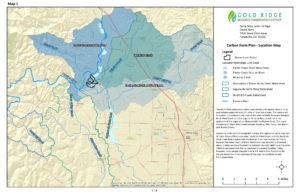
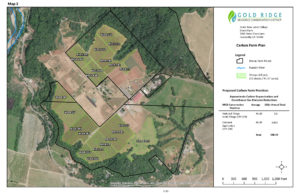
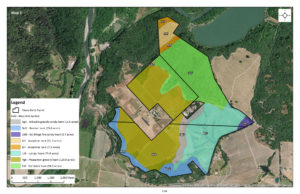
Below you will find narratives taken from the Shone Farm site, with general information on the Shone Farm property and vineyard. Please visit their site for a full history and more information. Read more here.
“Shone Farm is a 365-acre outdoor learning laboratory for the Santa Rosa Junior College’s Agriculture/Natural Resources Department. The farm provides students with hands-on experience that cannot be duplicated in the classroom. The farm is located about 12 miles from the Santa Rosa Campus, between the towns of Forestville and Windsor, in the heart of the Russian River Valley AVA (American Viticulture Area).
Shone Farm includes 120 acres of forest, 100 acres of pasture, 70 acres of vineyard, 12 acres for crop production, and 4 acres of olive and apple trees, one of the largest agriculture sites in the California Community Colleges system. In addition, there is open space around the farm’s perimeter that serves as wildlife habitat, as well as the farmstead, which includes various buildings and improvements. The farm’s size allows for teaching small commercial scale production techniques.
The farm also includes 70 acres of vineyard, which is professionally managed and the grapes sold to local wineries. Some of the Shone Farm grapes are crushed at the Shone Farm Winery and sold under the Shone Farm label. Varieties grown include Chardonnay, Sauvignon blanc, Pinot noir, Merlot, and Syrah. There is also a one-acre student-managed teaching block planted with several grape and rootstock varieties from Albarinio to Zinfandel. While gaining valuable vineyard management experience, the block also provides opportunities for students to learn varietal identification.

